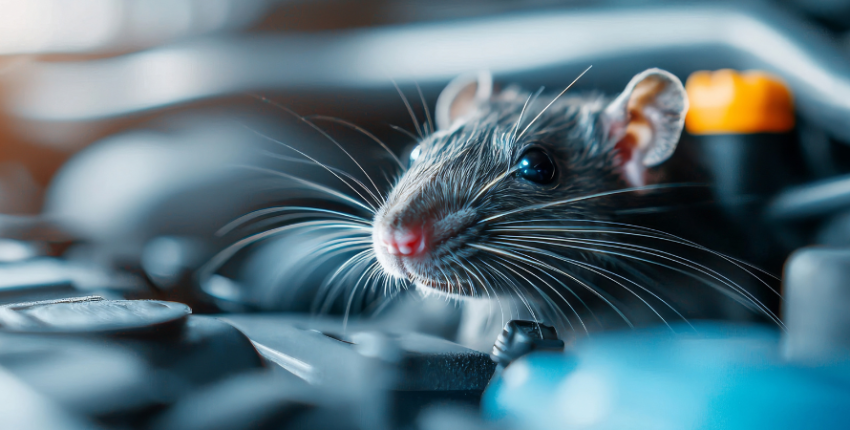
As the weather turns colder and we head deeper into autumn and winter, the cozy environment under your car’s bonnet becomes dangerously attractive to unwanted invaders… mice and rats.
At CCM, we’ve seen firsthand how these small creatures can cause enormous, complex, and expensive damage. Ignoring the risk could lead to a sudden breakdown, or worse, a complete engine failure.
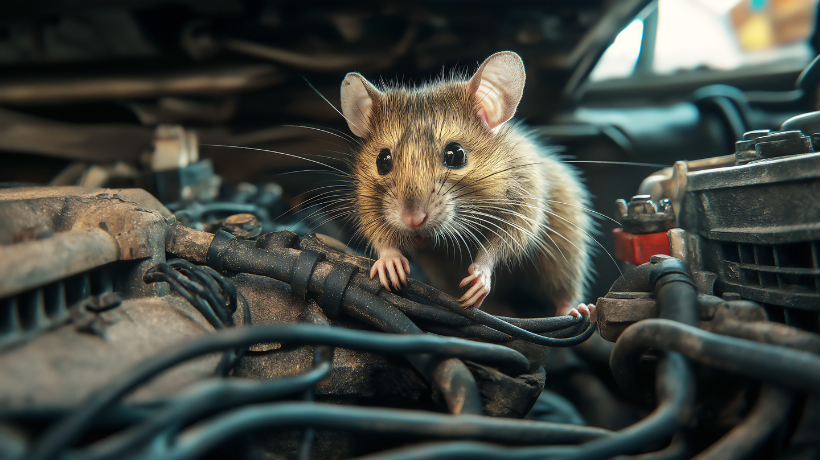
The Seasonal Spike...
Why Autumn is the Danger Zone
Rodent-related vehicle damage is soaring, and the problem worsens dramatically as the seasons change and the nights draw in.
Rodent-related vehicle damage is soaring, impacting thousands of drivers annually. This costly problem worsens dramatically as the seasons change and the nights draw in because the engine compartment becomes an irresistible sanctuary for these pests.
As temperatures drop, mice and rats actively look to escape the cold, squeezing into the tiniest of gaps within a vehicle’s grille and vents to find the residual warmth and ideal nesting materials necessary for survival during the colder autumn and winter months.
The Search for Shelter

According to Aviva, claims for vehicle damage caused by rodents see a noticeable spike during the colder months, as mice and rats seek warmth and shelter.
The RAC reported a 66% average increase in rodent-caused breakdowns from summer to autumn over the past five years. Breakdowns caused by these pests rose by 55% between 2018 and 2023.
The Costly Appetite
Average Claims Near £2,500!
Rodent damage is not just an inconvenience—it’s a major financial threat. Aviva data shows the average cost of a claim for rodent damage in 2024 rose to £2,494.
In extreme cases, the cost can spiral, with one incident seeing a vehicle written off after over £24,000 of damage was caused.

The significant cost comes from the sensitive nature of the parts they target:
Replacement of entire wiring harnesses, dashboard sensors, repairs to suspension systems, gear mechanisms, and battery cables. Extensive electrical diagnostics are mandatory to trace faults.
Replacement of fuel hoses, brake hoses, and piping systems (including those insulated with attractive peanut/soy-based compounds), requiring a full system flush and safety checks.
Cleaning/replacement of air filters (often used as pantries), removal of nesting materials from intake manifolds, and thorough engine bay sanitisation.
Safety Replacement of chewed seatbelts, upholstery, seats, and removal of nests from behind crucial components like passenger airbags.
The biggest repair expense is often the replacement of complex, factory-fitted wiring harnesses, which can be incredibly labour-intensive and require vast sections of the vehicle to be dismantled and reassembled.

How to Protect Your Vehicle - Our advice
The best defence is prevention. Rodents are attracted by food and the lack of disturbance. Follow these steps to reduce your risk:
Ensure absolutely no food (human or pet) is left inside or near your vehicle. If storing pet feed in your garage, keep it sealed in airtight containers or locked metal bins.
If your car is left unattended for a week or more, make sure to check it. Consistent use discourages nesting.
Be vigilant. Look for signs of gnawing, check for unusual smells (especially a burnt nut smell), and be mindful of any persistent dashboard warning lights.
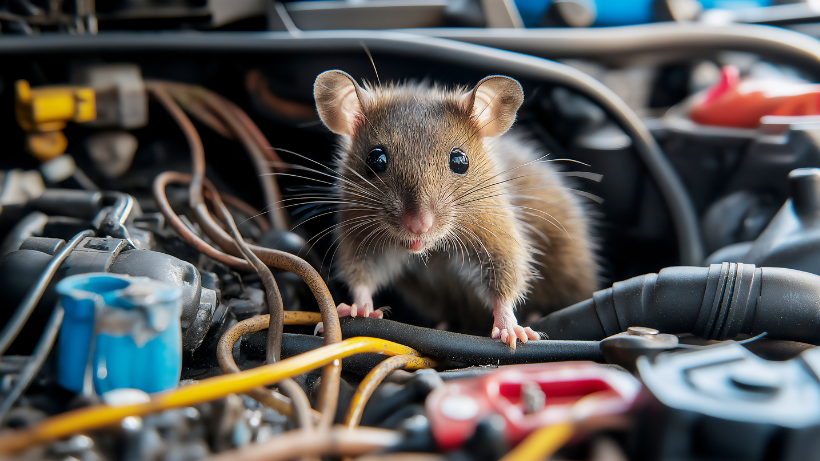

Don’t wait until the pesky pests chew their way to a big repair bill. Contact CCM today if you think you might be experiencing some unwelcome guests in your vehicle. We’ll serve them an eviction notice and fix any damage they may leave behind…..
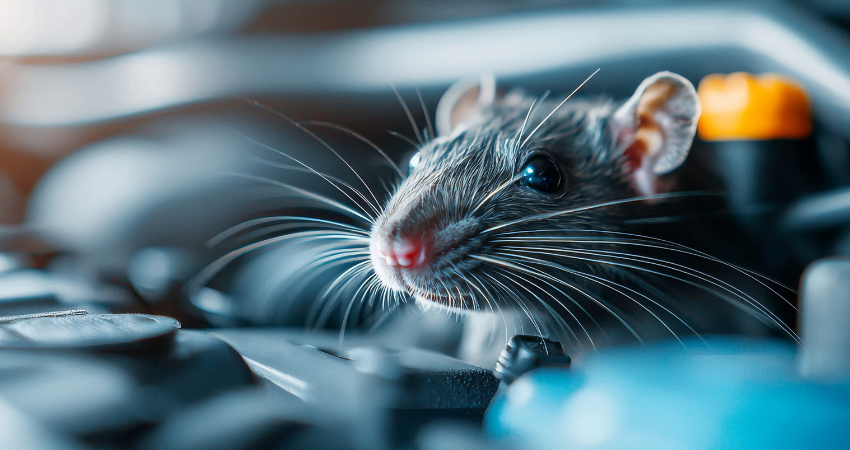 7th November 2025
7th November 2025
Winter Invaders | How Rodents Turn Your Car into a Costly Nest
At CCM, we’ve seen first hand how these small creatures can cause enormous, complex,…
Read Post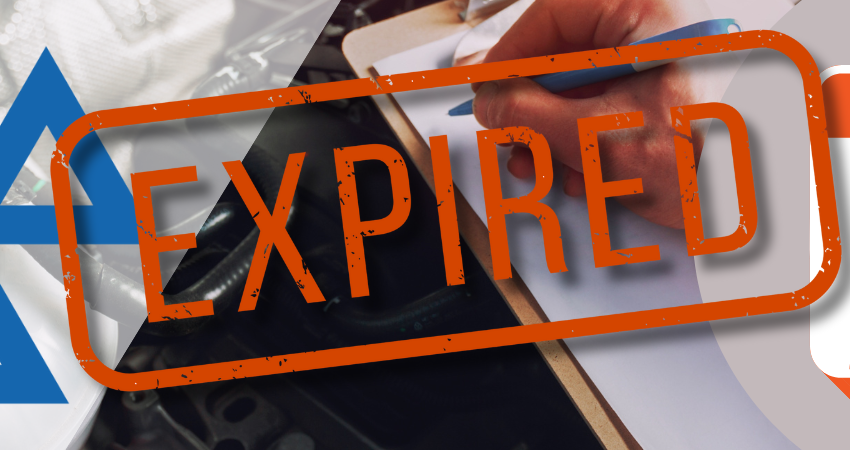 31st October 2025
31st October 2025
The £3.5 Million Gamble | Driving without a valid MOT, why risk it?
New research reveals that almost 35,000 motorists were caught in this period, highlighting…
Read Post
